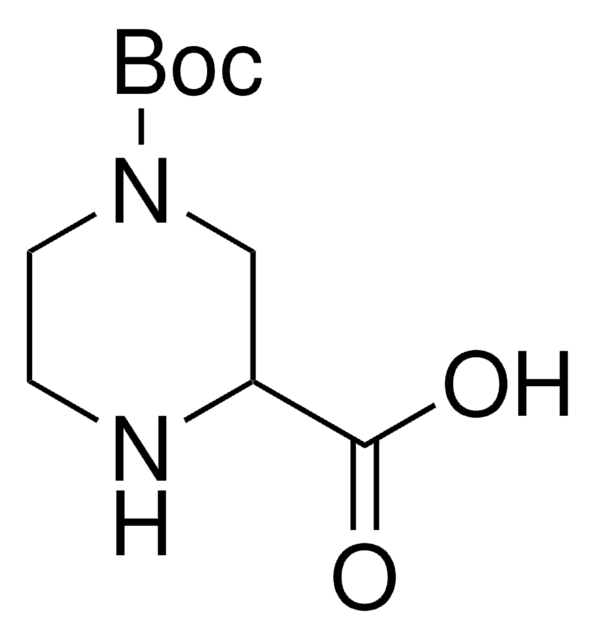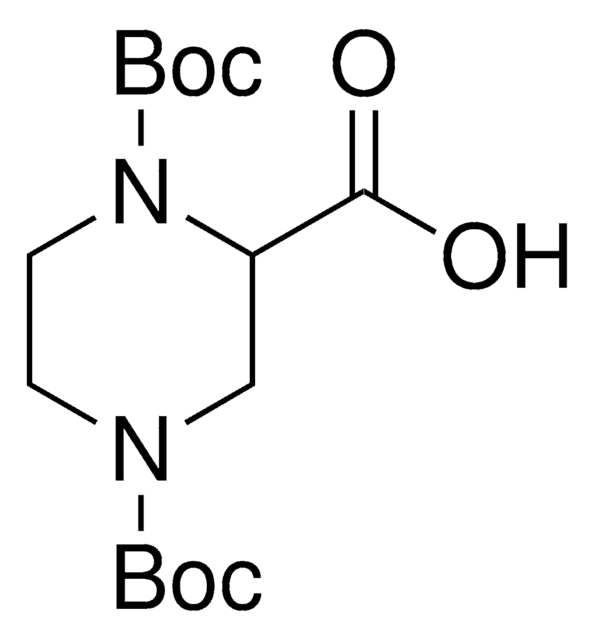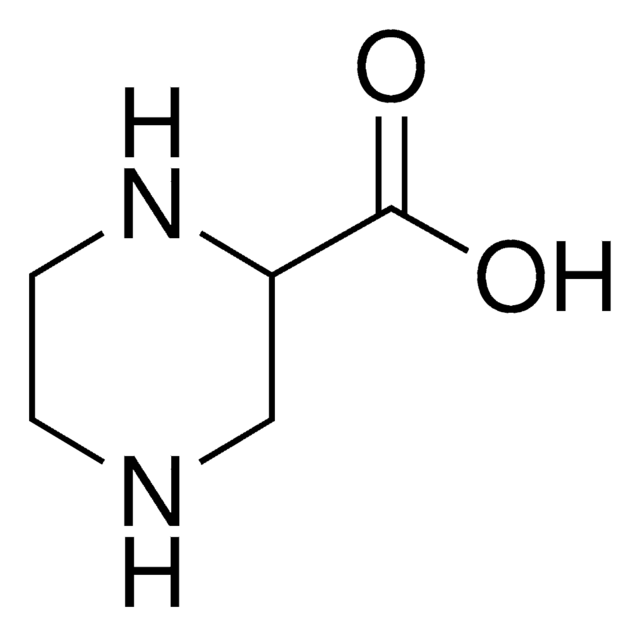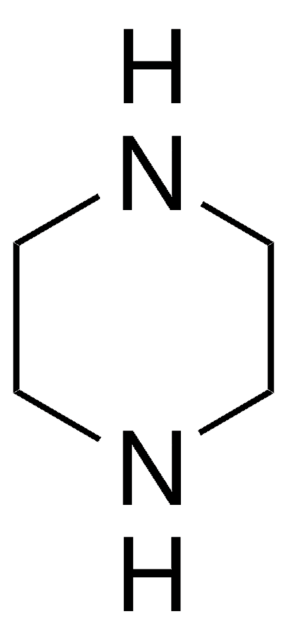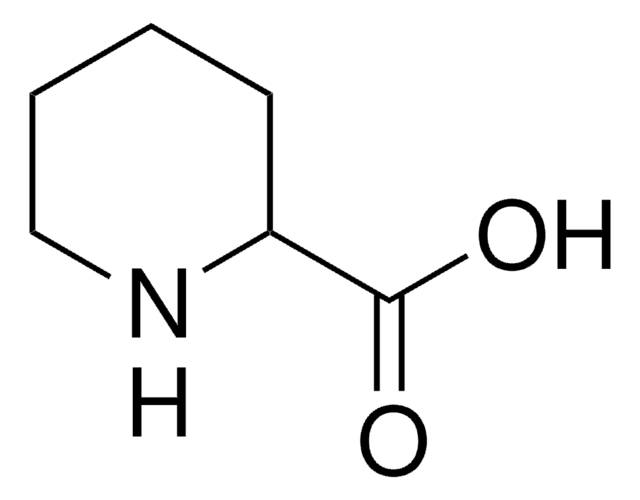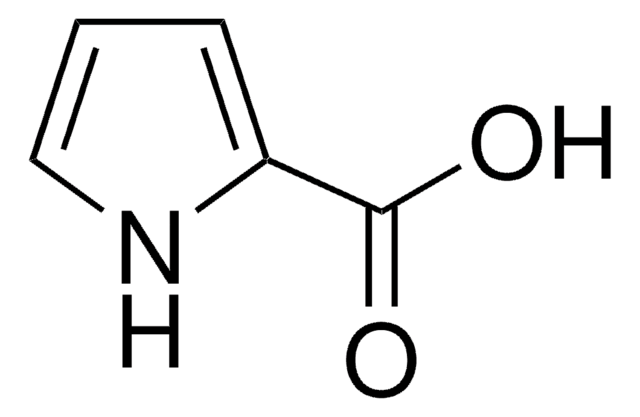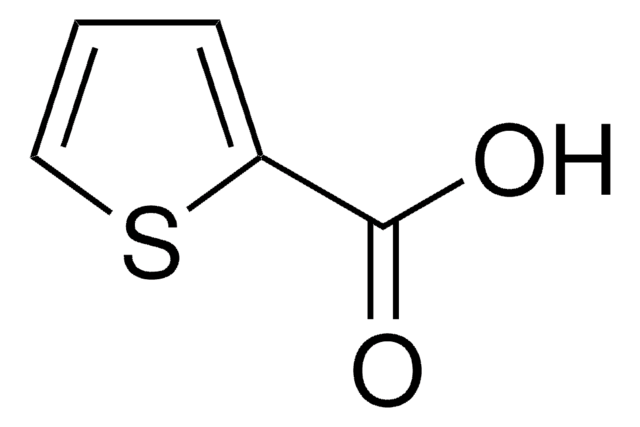484903
Piperazine-2-carboxylic acid dihydrochloride
98%
Synonym(s):
(±)-Piperazine-2-carboxylic acid dihydrochloride
Sign Into View Organizational & Contract Pricing
All Photos(1)
About This Item
Empirical Formula (Hill Notation):
C5H10N2O2 · 2HCl
CAS Number:
Molecular Weight:
203.07
MDL number:
UNSPSC Code:
12352100
PubChem Substance ID:
NACRES:
NA.22
Recommended Products
Quality Level
Assay
98%
mp
265 °C (dec.) (lit.)
functional group
carboxylic acid
SMILES string
Cl[H].Cl[H].OC(=O)C1CNCCN1
InChI
1S/C5H10N2O2.2ClH/c8-5(9)4-3-6-1-2-7-4;;/h4,6-7H,1-3H2,(H,8,9);2*1H
InChI key
WNSDZBQLMGKPQS-UHFFFAOYSA-N
Looking for similar products? Visit Product Comparison Guide
Related Categories
Signal Word
Warning
Hazard Statements
Precautionary Statements
Hazard Classifications
Eye Irrit. 2 - Skin Irrit. 2 - STOT SE 3
Target Organs
Respiratory system
Storage Class Code
11 - Combustible Solids
WGK
WGK 3
Flash Point(F)
Not applicable
Flash Point(C)
Not applicable
Personal Protective Equipment
dust mask type N95 (US), Eyeshields, Gloves
Choose from one of the most recent versions:
Already Own This Product?
Find documentation for the products that you have recently purchased in the Document Library.
Customers Also Viewed
Maryam Hashemi et al.
Materials science & engineering. C, Materials for biological applications, 61, 791-800 (2016-02-04)
Poly-(amidoamine) (PAMAM) and poly-(propylenimine) (PPI) are the two most widely investigated dendrimers for drug and gene delivery. In order to enhance DNA transfection activity of these dendrimers, generation 3 and 4 PAMAM and generation 4 and 5 PPI were modified
Zahra Salmasi et al.
European journal of pharmaceutics and biopharmaceutics : official journal of Arbeitsgemeinschaft fur Pharmazeutische Verfahrenstechnik e.V, 96, 76-88 (2015-07-26)
Branched polyethylenimine (PEI) is extensively used as a polycationic non-viral vector for gene delivery. Polyplexes formed with PEI are believed to be released from endocytotic vesicles by the osmotic burst mechanism in the rate-limiting step in transfection. Increasing the buffering
Global Trade Item Number
| SKU | GTIN |
|---|---|
| 484903-25G | 4061833389874 |
| 484903-5G | 4061833372722 |
Our team of scientists has experience in all areas of research including Life Science, Material Science, Chemical Synthesis, Chromatography, Analytical and many others.
Contact Technical Service